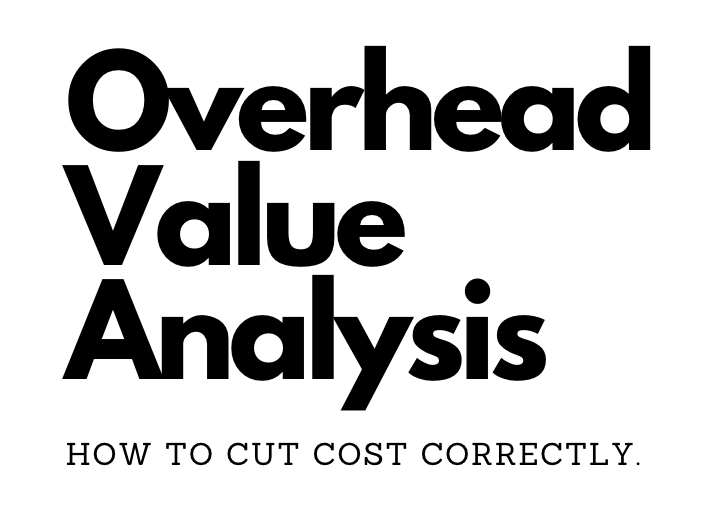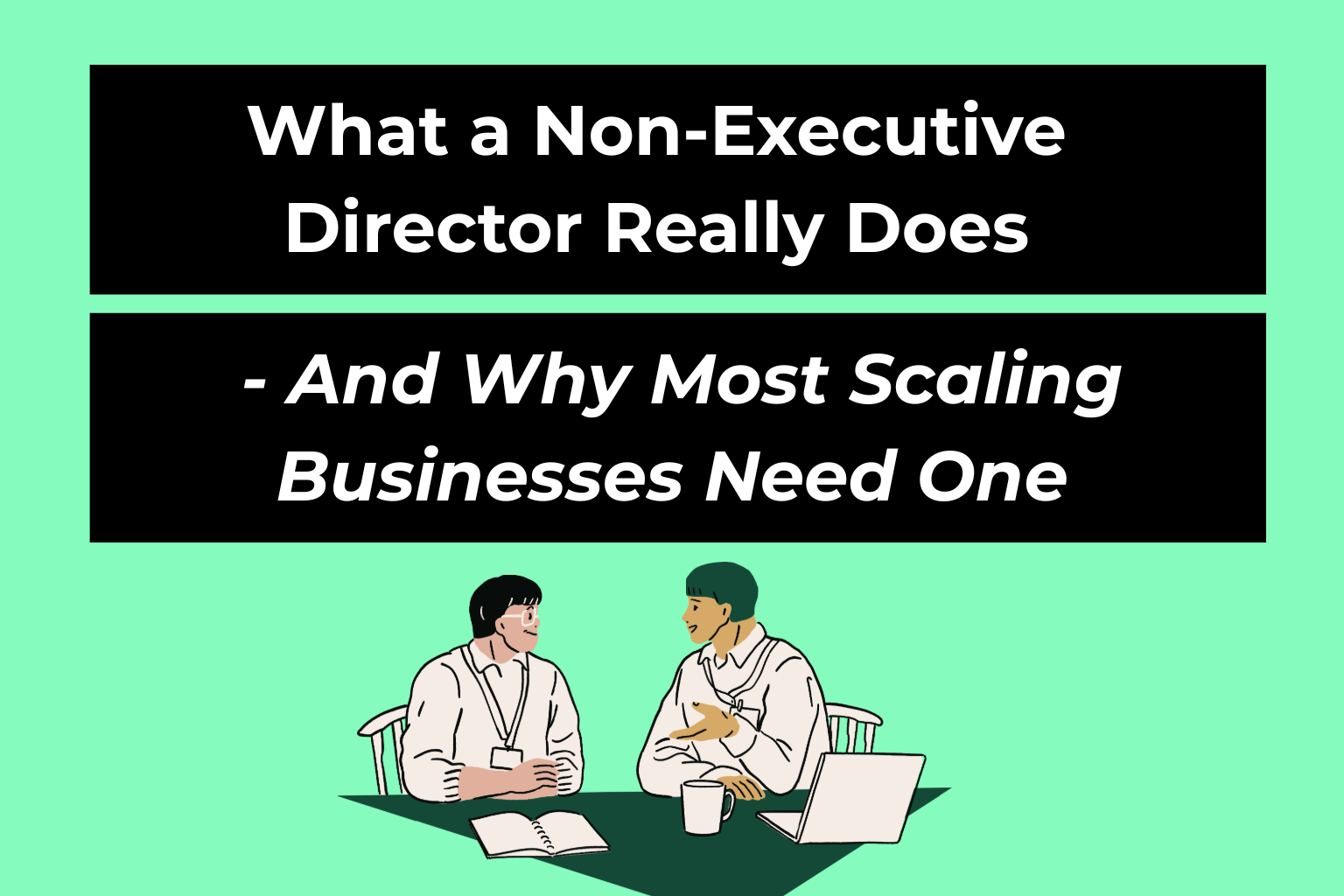In my work as a Non-Executive Director and growth consultant I find myself guiding businesses through growth challenges and economic downturns. One of the hardest lessons I’ve learned is how to cut costs without alienating customers. It’s a delicate balance—and one I didn’t master overnight. Early in my journey, I made plenty of mistakes that hurt both customer loyalty and team morale. The hard-won insights from those experiences are what drive me to help others avoid the same pitfalls.
Cost Cutting: A Double-Edged Sword
I learned firsthand that cost reduction, when done poorly, can backfire. Programs I led, despite good intentions, sometimes left customers frustrated and disengaged. The issue wasn’t a lack of effort but a lack of experience and guidance. The absence of the right advice cost me—and those around me—valuable time and resources. Reflecting on those experiences inspired me to write Customer-Centric Cost Reduction to help others strike the right balance.
Discovering Overhead Value Analysis
My first encounter with a structured cost-cutting process came when I implemented McKinsey’s Overhead Value Analysis (OVA). It’s an older methodology but one that delivered lasting value. Back in the 1980s, OVA helped Blue Bell Apparel, the parent company of Wrangler, during a critical cost-cutting phase. Whether driven by market conditions or a privatization effort, the company needed results, and OVA delivered.
Although McKinsey no longer highlights OVA by name, its core principles remain relevant today. The method focuses on involving those closest to the work in the planning process, ensuring practical, actionable solutions.
The Power of Ownership in Planning
A key OVA principle resonated deeply with me: those who execute the changes should be the ones to plan them. Too often, I’ve seen plans fail because the decision-makers were disconnected from day-to-day operations. Under OVA, each team leader was tasked with identifying a 40% reduction in their workload, even though the real target was a 15% cut. The stretch goal was intentional—it forced creative thinking and innovation.
In practice, we achieved over 15% savings immediately, with additional long-term gains emerging later. For example, moving to a smaller distribution center took time but eventually delivered significant cost reductions.
Redefining Overhead and Priorities
When we talk about “overhead,” it’s easy to think of back-office functions. But in this case, overhead included everyone except customer-facing sales staff. The leadership team, including myself, was tasked with finding efficiencies without affecting customer service. It was clear from the start: maintaining customer loyalty was as important as reducing costs.
A Deep Dive into Workflows
The process began with face-to-face interviews. We asked employees to detail their tasks, outputs, and who relied on them. The goal was to map out exactly how time was spent and identify inefficiencies. Each person’s work had to add up to 100%, regardless of the hours worked.
One striking discovery was an employee in Italy who spent her entire week creating a report no one used. This had been happening for years, highlighting how easily inefficiencies can go unnoticed without regular review.
Customer-Centric Thinking Amid Reductions
The most enlightening part of the process was engaging the recipients of various deliverables. We asked simple but impactful questions:
- Do you use this output?
- How often do you need it?
- Can it be simplified or reduced?
This feedback allowed us to eliminate redundant tasks and optimize necessary ones. The emphasis was always on reducing unnecessary work rather than shifting it to another department—a critical distinction in ensuring customer impact was minimized.
The Stretch Goal: A Catalyst for Innovation
Setting a 40% reduction goal forced teams to think differently. It wasn’t about trimming around the edges; it was about reimagining processes. The real 15% target meant that we could focus on practical, quick wins while still pursuing more ambitious changes over time.
This approach worked. We hit the 15% target quickly and laid the groundwork for further improvements, such as relocating to a more efficient distribution center, which took a couple of years to implement fully.
Managing Morale and Navigating Uncertainty
No cost-cutting initiative is without its human challenges. People feared for their jobs, and rumors spread quickly. Managing morale became just as important as managing the bottom line.
David Hayes, our division leader, set a powerful example of empathetic leadership. He personally looked into each employee’s situation before making decisions about redundancies. In one case, we spared a warehouse worker facing significant hardship, opting instead to release someone with better prospects. This level of care made a lasting impression on me—and it’s something I now advocate for in my NED role.
Even I felt the pressure. I proposed cutting my own role, suggesting instead that I lead a greenfield distribution project in Spain. That decision opened new doors for me and shaped the next phase of my career.
Lessons for Business Leaders
The key takeaway from my experience is that cost-cutting doesn’t have to come at the expense of customer loyalty. By involving the right people, focusing on value, and leading with empathy, it’s possible to achieve meaningful savings while keeping customers engaged.
In the end, our sales teams—who were shielded from the cuts—helped maintain customer trust, allowing us to retain market leadership. Their close connection to customers made all the difference.
If you’re facing similar challenges, I hope these insights—and the strategies outlined in Customer-Centric Cost Reduction—help you navigate the complexities ahead. Balancing cost reduction with customer loyalty is never easy, but with the right approach, it can be done. I’d love to hear your thoughts and experiences as we continue learning together.



